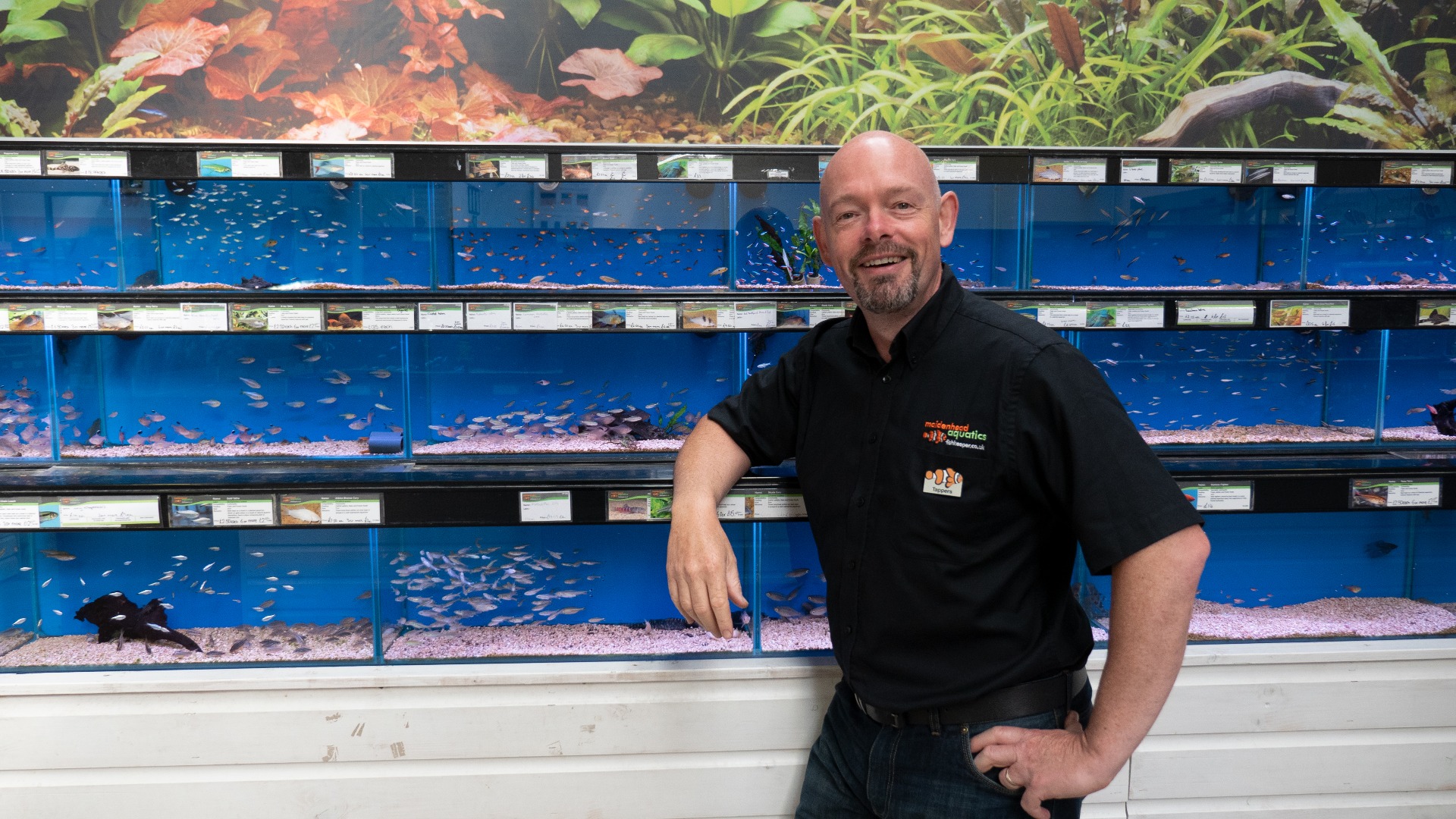Will my fish only grow to the size of the tank?
“I’ve often heard people say that fish only grow to the size of the tank, but is that true?”
No, this really is a myth. Fish come in a variety of different shapes and sizes, and studies on wild populations have provided the aquatic trade with huge amounts of information on what to look for in a healthy, fully grown fish. At Maidenhead Aquatics we use these facts to advise our customers on the most suitable aquaria for their fish, taking into account the adult size they are likely to achieve. While it may seem that some fish do grow to the size of the tank, it is more likely that due to unfavourable conditions, the animal unfortunately doesn't get the opportunity to fulfil its full potential.
Put simply, fish that cannot grow to their full size are stunted or deformed. The animal has not made a conscious effort to stop growing and we need to consider the welfare of any creature in this state. Fish whose growth is affected can recover in some cases, however long-term problems often occur internally and are irreversible. Fish growth can be disrupted through many factors, but pollution of the water via biological waste products is the main reason for stunted growth. A small tank will have a very limited volume of water; therefore waste metabolites will build up much faster and to problematic levels when the size of the fish starts to reach the limits of the tank's carrying capacity.
One of the most common animals we often see subjected to the “size of the tank” theory are goldfish. The common goldfish should attain a size of 25-30cm and it has the ability to live for more than twenty years. Many species in the carp family produce growth-inhibiting pheromones that retard or even stop the growth of the fish around them, especially when in a stressful situation. In an inappropriate aquarium environment such as an inadequate tank with improper filtration or lapse husbandry, this growth-inhibiting compound and will have the effect of harmfully stunting the growth of all the fish present. It is most likely this artefact that has fuelled the myth of “growing to the size of the tank,” as if you were to take an affected animal and move it to a new larger tank, you would see a sudden increase in growth, but abiotic factors once again became limiting and the animal’s growth slows, stunts or stops.
Other groups of fish may lack these mechanisms but can be disadvantaged through aggression-related sources of stress. Even when attacks are seldom witnessed, display and threat behaviours can be enough to result in physiological stress responses that retard growth. In species such as cichlids where sexual maturity can be reached at small sizes, expending energy on developing eggs and brooding or guarding fry can result in reduced growth. Serious enthusiasts will often keep females separated in order to ensure they reach a good size before starting their reproductive life.
So no, healthy fish should not be expected to 'grow to the size of their tank' and we at Maidenhead Aquatics will always endeavour to ensure that you as a customer are given the best advice and information when it comes to selecting from the species offered in our stores.
